
Plant
Sunny areas:
Zinnias, Periwinkles, Moss Rose, Purslane, Lantana, Blue Daze, False Heather, Salvia, Ice Plant, Gomphrena, Ruellia, Coreopsis, Pentas
Shady areas:
Caladiums, Coleus, Begonias, Ageratum, Shrimp Plant, Torenia, Agapanthus, Snowbush
Seeds:
Morning Glory, Moonflower, Zinnias, Sunflowers, Gomphrena
All container grown hardy and tropical trees, shrubs, vines, grasses, groundcover, and citrus trees
Read: Fruit Trees and Citrus in Your Own Backyard
Indoor Plants
Warm temps allow you to take your indoor plants outdoors for some fresh air. Just be sure to keep them protected from the sun. Shady patios are perfect for a short stay. Wash off the dust and bring them back in nice and clean.
Pro Tips for Houseplants
- If your houseplant looks unhappy, think location first. It may need to be moved to a different spot with different lighting.
- Keep them away from the AC vents (they like humidity and the AC dries them out)
- General rule for watering; water well then re-water once the soil feels dry to the touch
- Spring is time to start fertilizing your houseplants. Your plants will love organic Hasta Gro
- If they are getting too big for their pots, bump up to a slightly larger pot.
Read: Plants, the Perfect Rx for Clean Air, Pro Planting Tip: Not Too Deep
Watch Out For
Fungus, Powdery Mildew
Treat organically with Neem Oil. Or conventionally with Fertilome Liquid Systemic Fungicide on ornamentals.
Grub Worms
Use organic Spinosad Soap, or conventional BioAdvanced 24-hour Grub Control or Season-Long Bonide Insect and Grub Control
Spider Mites
Treat organically with Spinosad Soap or conventionally with Cyonara, Bonide Systemic.
Chinch Bugs
Use organic Diatomaceous Earth, or Spinosad, or conventional Cyonara.
Read: Check For Chinch Bugs If Your Lawn Looks Dry Even Though You Know It’s Not!
Mealy Bugs
Treat organically with Neem Oil, or Insecticidal Soap, or conventionally with Bonide Systemic.
Read: Mealy Bugs are Here
Fleas & Ticks
Treat organically with Spinosad, Diatomaceous Earth, or conventionally with Cyonara.
Read: Got Fleas?
Lawn Care
Fertilize when the grass is actively growing
Feed organically with Medina Growin’ Green or Milorganite. Organic lawn food is best for long-term root and soil health.
Eliminate broadleaf weeds
Treat with Ortho Weed B Gon for Southern Lawns for broadleaf weeds, Image for grassy weeds and sticker burrs.
If you treat for weeds, wait 3 weeks before you fertilize.
Read: Time to Fertilize and Get Rid of the Weeds!
Lay new sod
Lay new sod or plant Bermuda seed anytime this month.
Read: St. Augustine Turf Grass: Varieties We Sell and Their Characteristics
Watch: How to Repair Dead Patches in Your Lawn
Watch: How to Collect a Grass Sample
Water
*While turfgrass lawn watering with city water is prohibited during current watering restrictions, residents can use free reclaimed water from the Oso Wastewater Treatment Plant. Apply for a permit here. Residents can also hand water trees, which should be done at the drip line, therefore lawns can get some benefit from good tree watering.
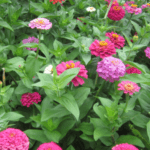
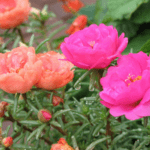
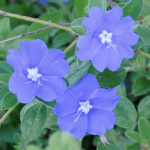
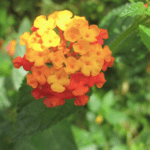
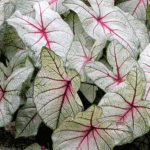

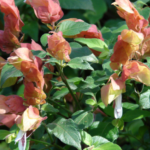
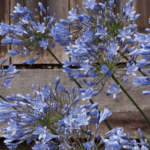


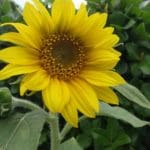
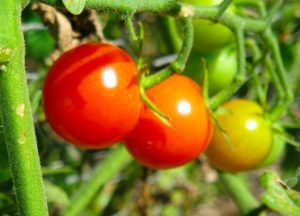
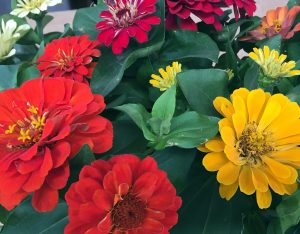
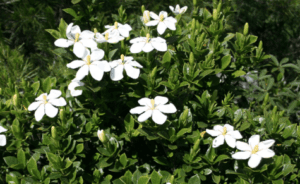
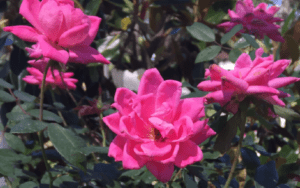

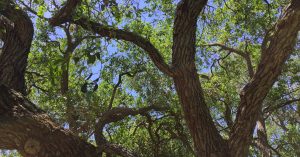


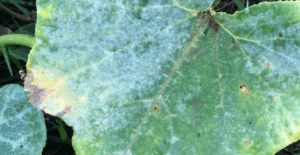
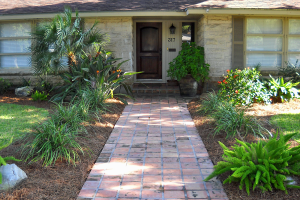
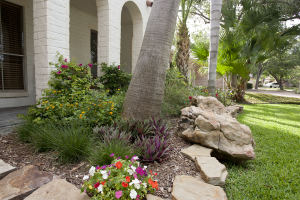
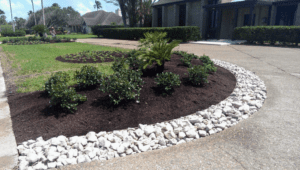














Reader Interactions